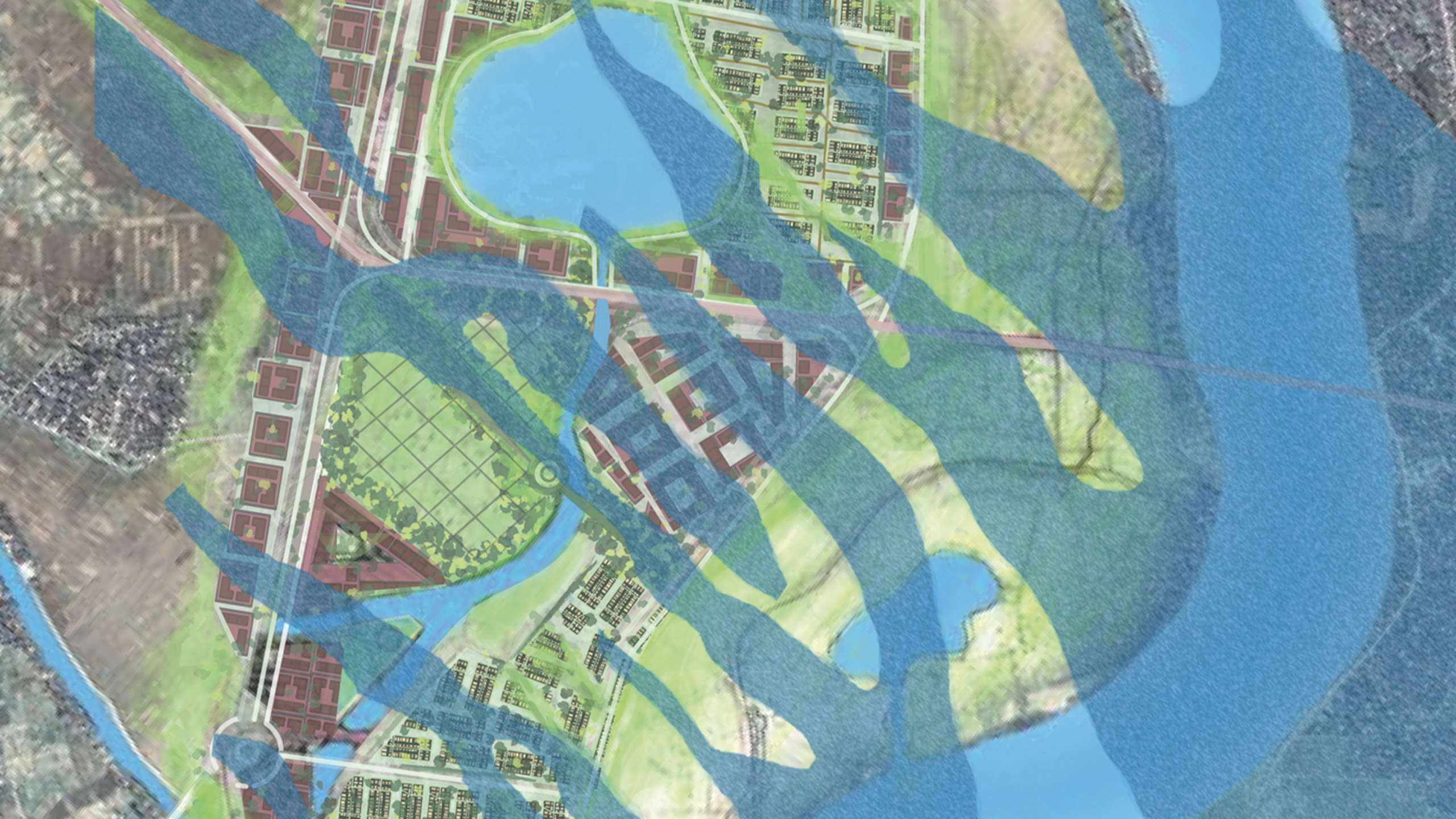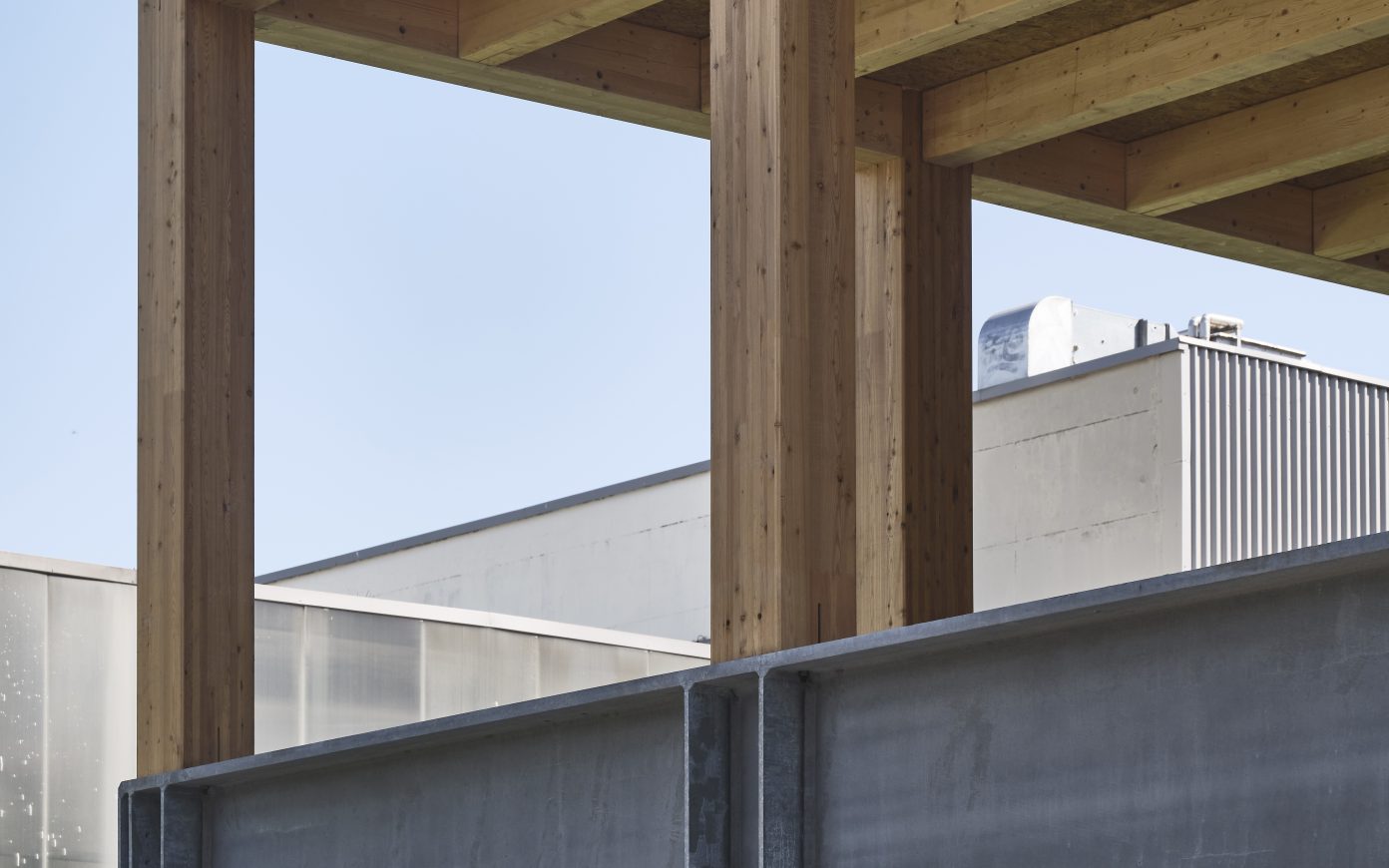Are we in the midst of monetizing nature?
Virginie Maris is an environmental philosopher. In Nature à vendre – les limites des services écosystémiques (Nature for Sale – The Limits of Ecosystem Services), she questions the relevance of monetary valuation of services rendered by nature. You would never calculate how much your relationship brings you, so why do it with nature? Extract from the article Considering Separation Beyond Dualism, published in Stream 05: New Intelligences



